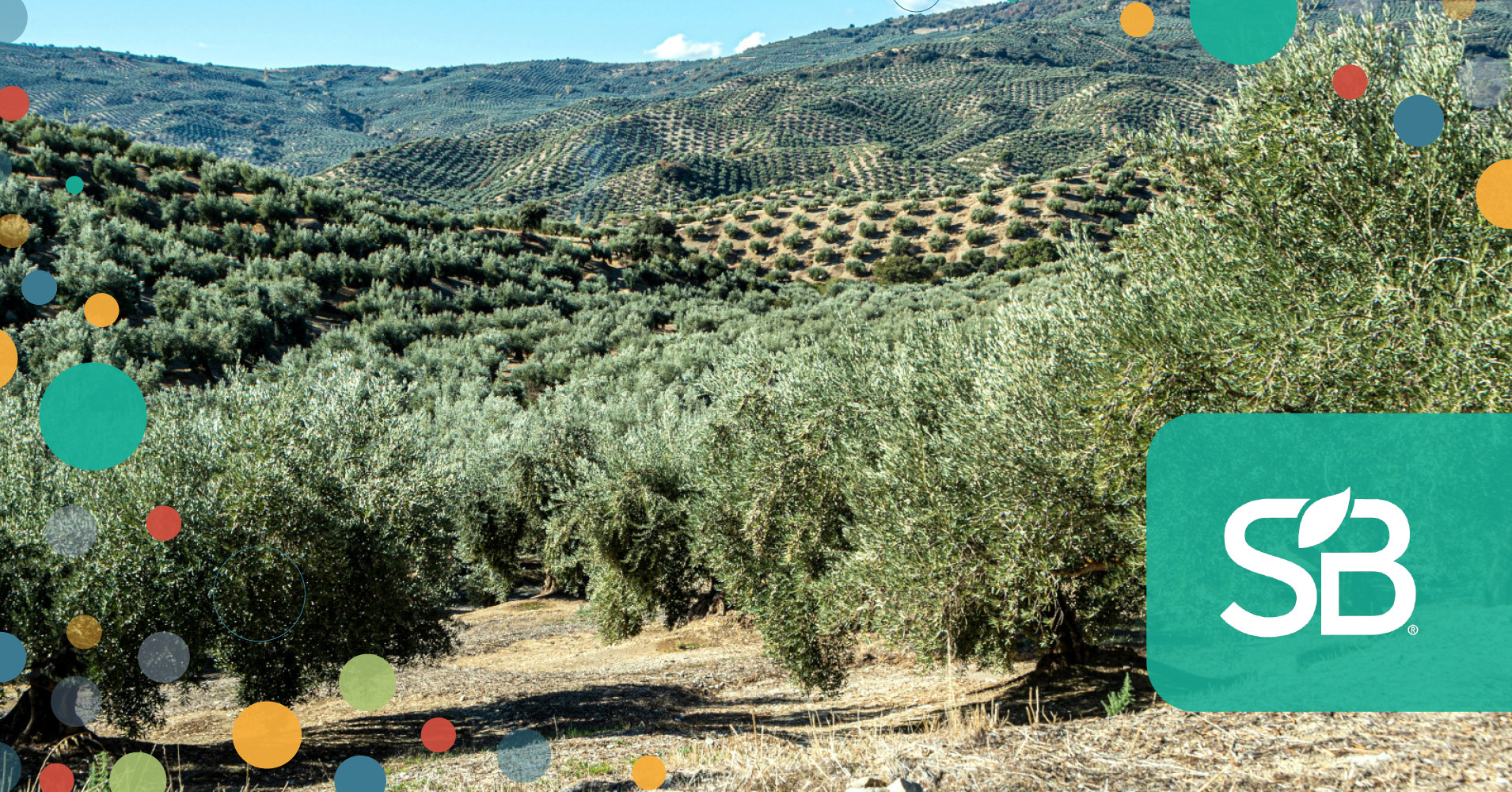Balancing productivity with sustainability will be crucial to ensuring the
long-term viability of olive farming in Spain amidst changing climate
conditions.
Olive trees have shown historical resilience to environmental changes and are
very well adapted to the Mediterranean climate — which is characterized by
prolonged summer drought, irregular rain the rest of the year and fairly mild
winters.
In Spain, the country with the largest cultivated area under olives (2.7
million hectares), time has molded the so-called traditional olive farm: made up
of long-lived, large
trees
— widely spaced and usually not watered. However, this system’s poor
productivity per hectare and the growth in demand for olive oil around the world
have prompted a process of transformation — with higher-density planting systems
and smaller trees better suited to mechanized picking.
Olive farming: Productivity vs sustainability
Today, the traditional system remains dominant; although it is slowly losing
ground to more modern farms — known as intensive (200-500 trees/ha) or
superintensive (1500-3000 trees/ha), due to their density. While intensive and
superintensive olive-farming methods offer higher productivity and efficiency,
they also pose sustainability challenges — particularly, in terms of water usage
and soil health.
Thankfully, the Spanish olive sector is responding by adopting sustainable
practices — such as precision farming and organic methods — to mitigate these
challenges. Balancing productivity with sustainability will be crucial to
ensuring the long-term viability of olive farming in Spain amidst changing
climate conditions.
Spain’s changing climate
The SB Resilience Summit
Join us for the inaugural SB Resilience Summit (October 17) at SB’24 San Diego — where business leaders preparing their organizations for adaptation and resilience in a tumultuous world will share insights on proactive measures organizations can take now to navigate uncertainty, mitigate risk, ensure continuity and future-proof their businesses.
The climate projections for Andalusia, the region producing about 80 percent
of Spain’s olive oil, suggest that the temperature could rise almost 1.5°C by
2050 and as much as 3.5°C by 2100.
At the same time, a general reduction in precipitation is expected; though it
varies from one zone to another, this could mean up to 23 percent less rainfall
— it is expected to be highly erratic, alternating between extreme rainfall
events and prolonged periods of drought. With forecasts like these, the impact
of climate change on olive growing in Spain could be profound.
The effect can already be seen in smaller harvests when these extremes — water
stress and high temperature — coincide with the moment of flowering or ripening
of the fruits. Moreover, an increase in torrential rain could cause soil erosion
— which affects its capacity to retain water and nutrients — leading to a
gradual decline in volume of production, especially on mountainous or steeper
ground.
Water is key
According to the UN Convention to Combat
Desertification,
75 percent of the territory of Spain is at risk of desertification — making it
the European nation most threatened by the problem. The consequences of a rise
in temperature together with a decrease in precipitation would not only affect
olive farms that do not have water for irrigation (rainfed), but also the
irrigated ones — because water needs would increase as the available reserves
decline.
Looking to the future, it will be necessary to apply strategies that enhance the
management and efficiency of water use — including reducing water loss in
distribution channels, improving water use calendars using meteorological
information and humidity sensors, and even matching the types of farms to its
predicted availability in each territory.
Conscious of the situation, the Spanish olive sector has been expanding its
environmental commitment and boosting the sustainability of its operations by
introducing more drought-resistant olive varieties and applying techniques such
as precision farming — which observes and analyzes the needs of crops using
drones, smart sensors or automated irrigation systems.
Organic farming to combat climate change
Governments, organizations, companies and society increasingly recognize organic
farming as a system inherently suited to sustainability and the mitigation of
climate change; and agrifood producers and companies are among those that could
most contribute to meeting the UN Sustainable Development Goals (SDGs) in this
area.
After France, Spain is the European Union country with the largest area
devoted to organic production; and it ranks seventh in the world. The land
dedicated to organic production in Spain rose by 5 percent in 2022 to reach
nearly 2.8M hectares — representing 10.95 percent of the country’s utilized
agricultural area.
One of Spain’s agronomic objectives is protecting the soil by preventing erosion
and increasing biodiversity. Techniques from organic farming are inspiring
soil-management measures such as putting down plant cover between lines of olive
trees — in conjunction with shredding the prunings, this can lower the ambient
temperature, and enhances the soil’s water retention capacity and even its
ability to capture atmospheric CO2.
The excellent results obtained with these practices are helping to drive an
organic transition for olive farms. The improved soil quality, encouraging
biodiversity, efficient use of water, energy efficiency and carbon capture allow
producers and companies to adapt not only to agricultural and environmental
policies — but also to the new models of relationships between providers,
clients and consumers in the agrifood chain.


